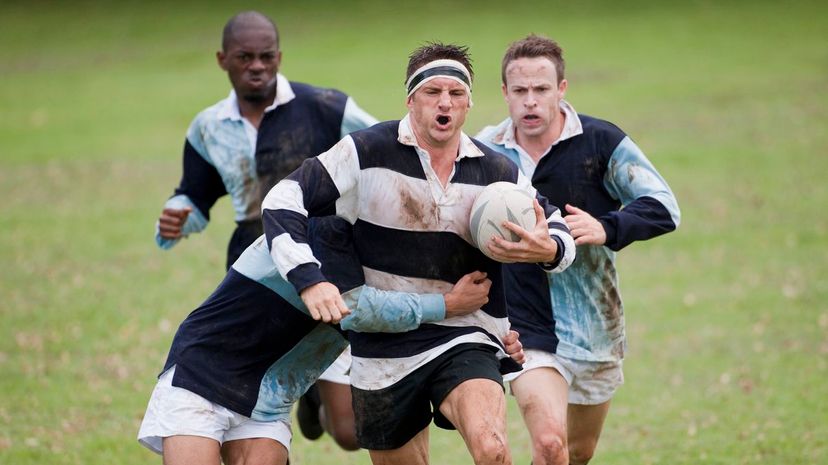
About This Quiz
The game of rugby, as we know and love it today, was invented at the English boarding school of the same name. A student named William Webb Ellis ran with the ball in his arms, forever transforming the way the game of football was played.
Rugby actually goes back much further than this, however. The Romans had a similar ball game that allowed handling and carrying the ball, and football was played throughout British history. Indeed, football was even banned during the Tudor period because it was so popular that people were getting hurt and thus reducing the number of laborers available! There weren't many rules to these earlier versions of football, which meant that it was different depending on where you played.
Back to Rugby school, and a game on the school's famous field, "the Close." The rules were pretty established by 1841, and Rugby boys took the game with them to university and thence the military. An international match took place in 1872. It is now popular all over the world, especially in former British colonies such as South Africa, New Zealand and Australia, as well as in Britain's neighbors in Europe.
Do you know the right jargon to sound like a proper player? Let's find out!
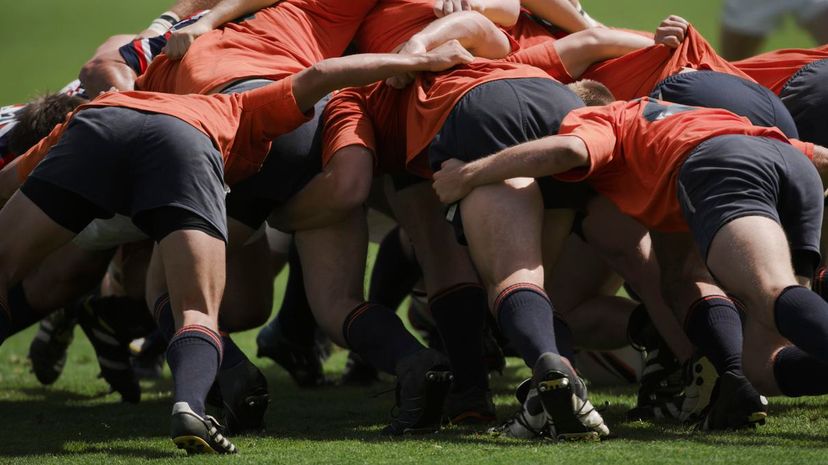
The scrum is among the many parts of rugby that give it the name of "a hooligans' game played by gentlemen." While it is quite violent, it is very regimented, and most players are careful to obey the rules. This helps keep injuries to a minimum.
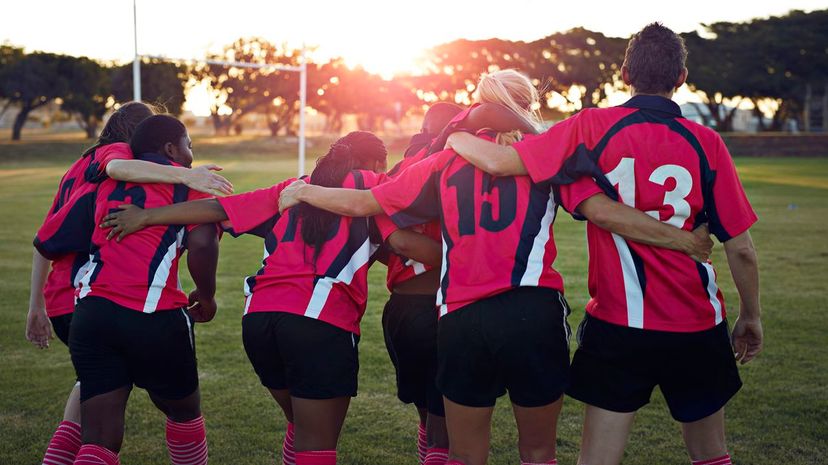
The backs are the only players who generally aren't part of a scrum. This excludes one particular back, who we'll get to later! They are typically good runners and good communicators and are smaller than some of the other players.
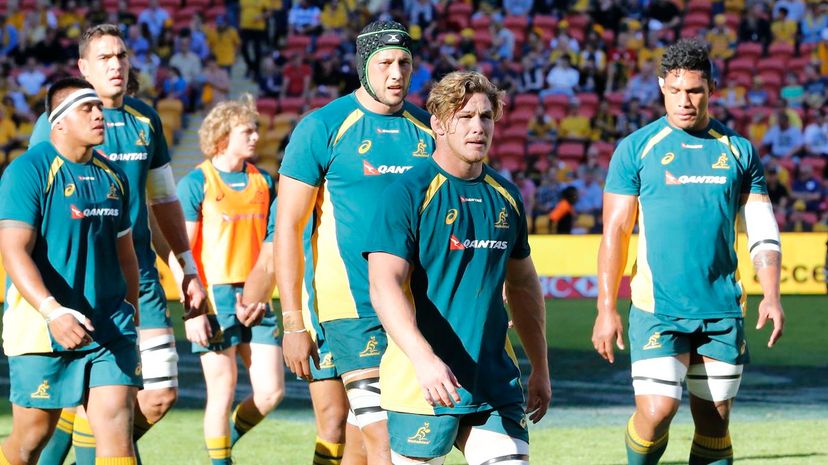
The tradition of naming your team for an indigenous species continues with the Australian team, the Wallabies. As a very outdoorsy culture, Australia tends to disproportionately dominate sports that are popular at home, making the Wallabies a powerful force. The team first played in 1899 at Sydney.
Advertisement
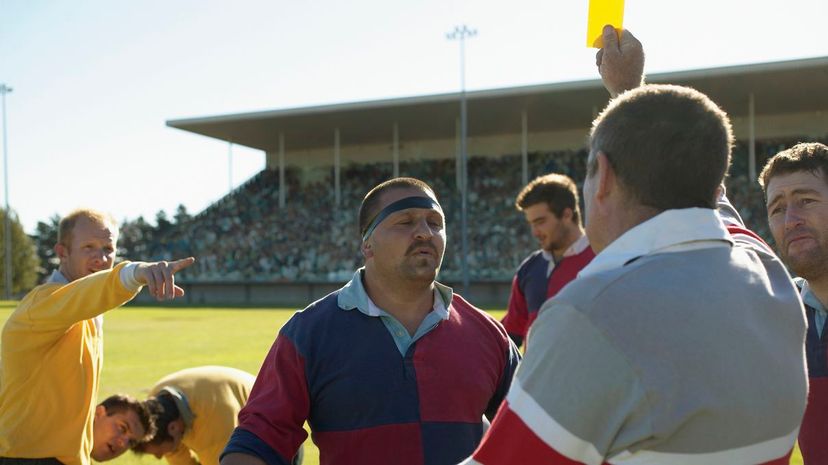
In soccer, you don't have to leave the pitch if you get a yellow card. In rugby, you have to go off, but only temporarily. You wait in something called a "sin bin," which is a little area where players who fouled are confined for 10 minutes. Once your time is served, you may return to the game.
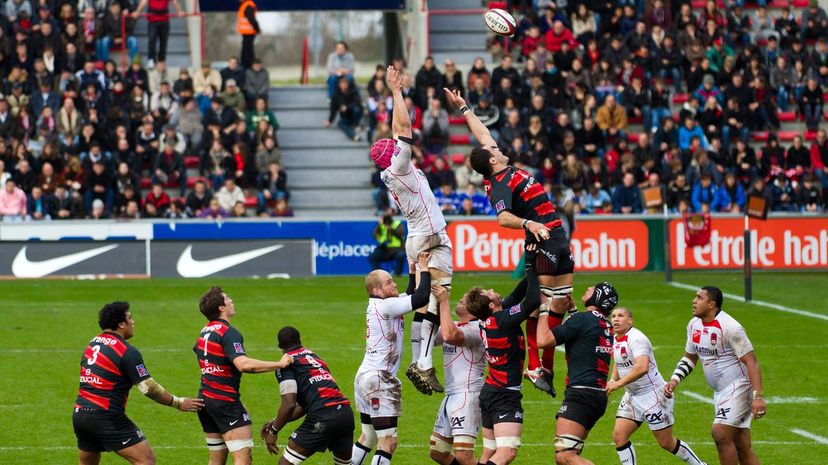
A lineout happens after the ball has gone out of play. Both teams line up. The hooker for the team who did NOT send the ball out is given possession. He throws the ball in, trying to make sure one of his teammates catches it. Players jump up or lift one another to try to grab it first.
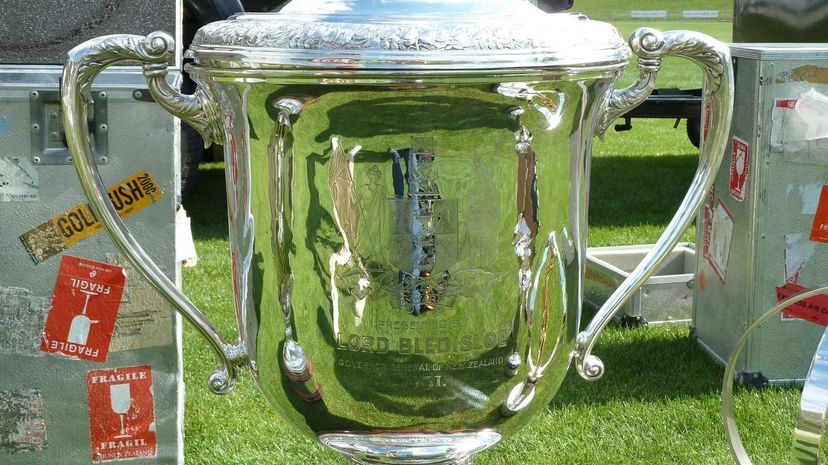
The Bledisloe Cup is nearly 100 years old and is played between the Wallabies of Australia and the All Blacks of New Zealand, two national teams that have a formidable presence internationally. The All Blacks typically beat the Wallabies in recent years, which is surprising as Australia's team is pulling talent from a population more than seven times the size of their rivals'.
Advertisement
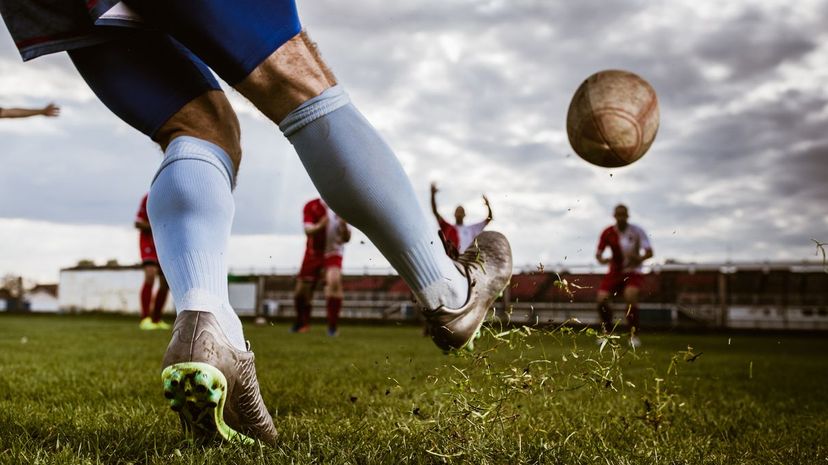
A chip kick is similar to a "chip" in golf. That is, it is a short, precise stroke that delivers a ball accurately, and isn't concerned with power. It is done to get around a defender who is about to overwhelm whoever has the ball, as it sends it to the kicker so they can maneuver more efficiently, thus wasting the defender's energy and putting him in the wrong spot.

A drop goal is a way of scoring from open play. It is similar to a punt, except that in a drop goal, the ball must hit the ground before it is kicked. After that, it must NOT hit the ground before it passes between the posts. It is similar to a drop goal in American football.

A try means you have run across the goal line into the in-goal area, and you are at the enemy team's end of the pitch. It is very hard to get there, and typically you can expect everyone to pile onto you to stop you if you are heading for one. After a try, you can get two additional points with a conversion.
Advertisement
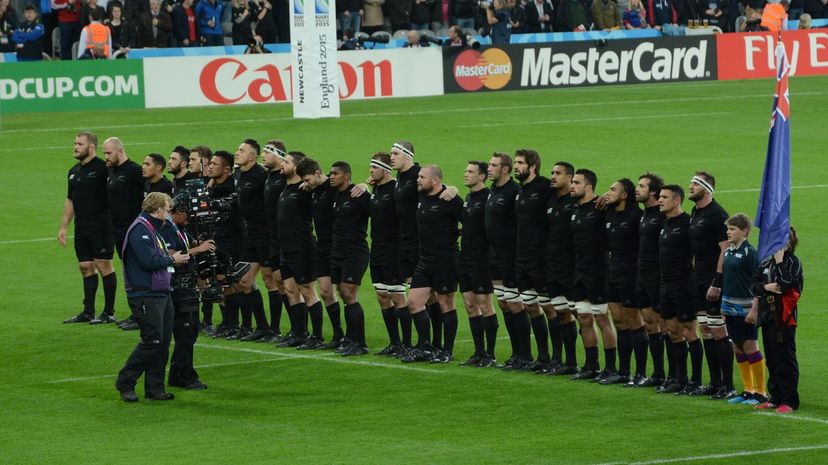
The All Blacks play in all black, but this is not how the national team of New Zealand originally got their name. It came about due to a misunderstanding whereby someone misquoted writer Billy Wallace, who said they played like they were "all backs." They since adopted the nickname for the team.
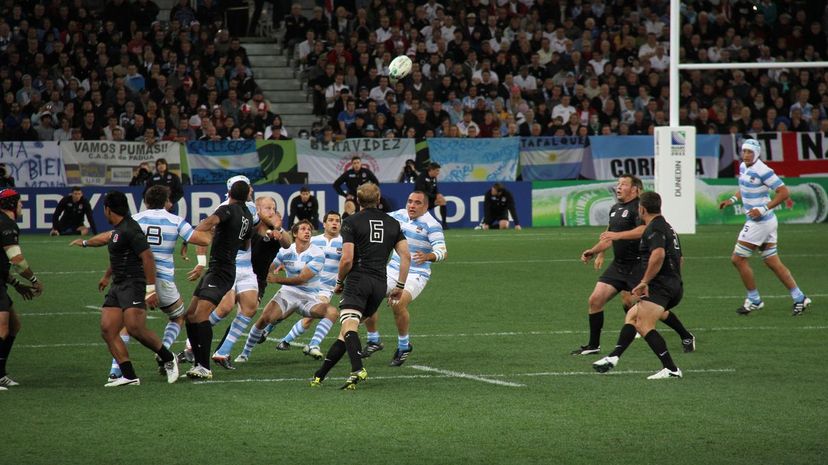
The Tri-Nations has been superseded by the Rugby Championship and now does include Argentina, but previously it only involved three former colonies that all picked up rugby directly from the British. It began in 1996 and continued until 2011.
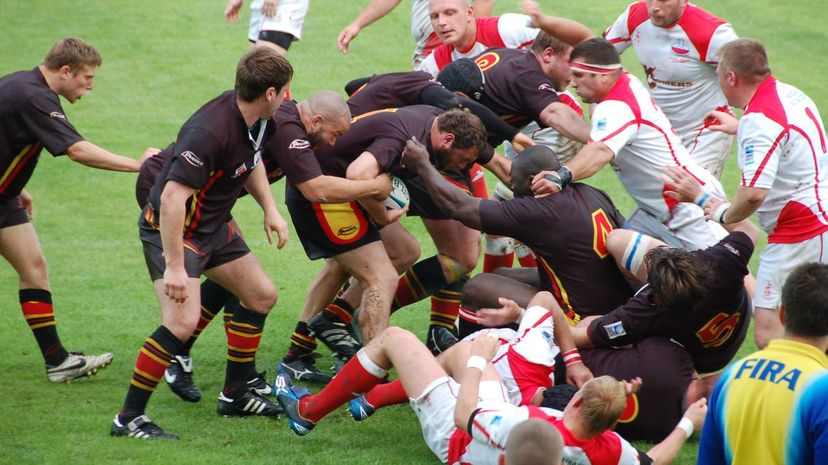
Six Nations rugby used to be Five Nations, but Italy was added in 1999 to make it Six. Scotland won the last time it was played with just five nations. Of course, legally speaking, England, Scotland, Wales and part of Ireland are one country, but they are separate nations. Hence, they field their own teams for the contest. Wales has won the highest number of championships.
Advertisement
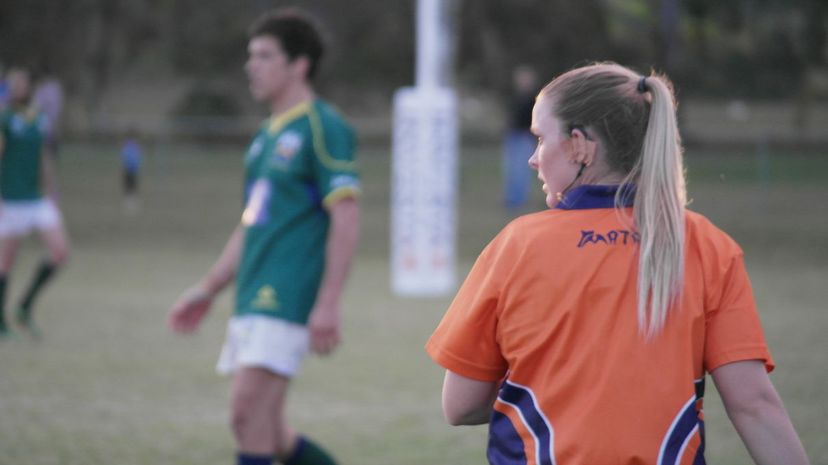
The touch judges make sure they accurately note when the ball has gone out of play so that it is thrown in at the right spot. They also watch out for fouls and other improper behavior that the referee may not have spotted, typically using radio to notify him immediately.
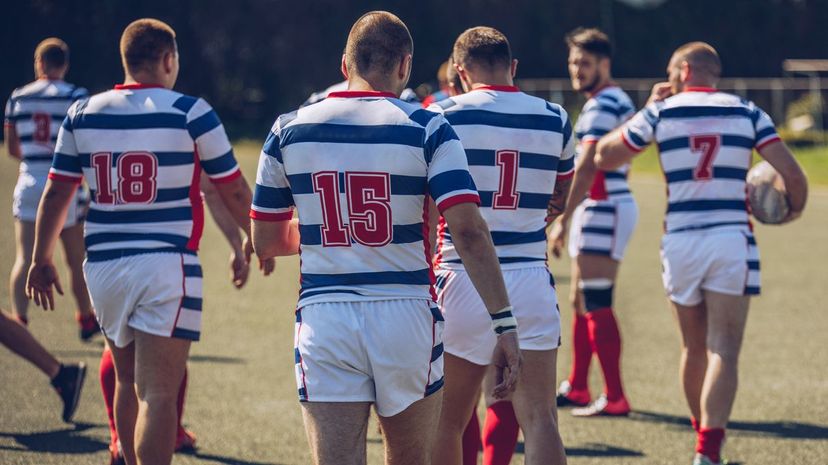
A ruck is one of the more complex plays, as is a maul, while a scrum down is where the scrum is put together. However, a "set" is something that is done, not a play in itself. For example, a ruck is set once the ball is on the ground and three players have bound themselves.
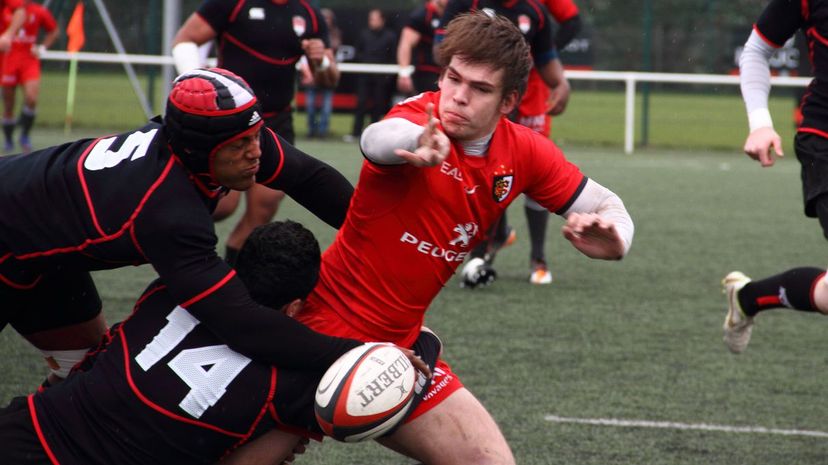
You may knock the ball backward, but if you aren't carrying it when it goes forward, then you are guilty of a knock on. If you drop the ball and it moves forward, it is awarded to the other team, even if this happens in a scrum and is thus accidental. You can only kick or carry it forward.
Advertisement
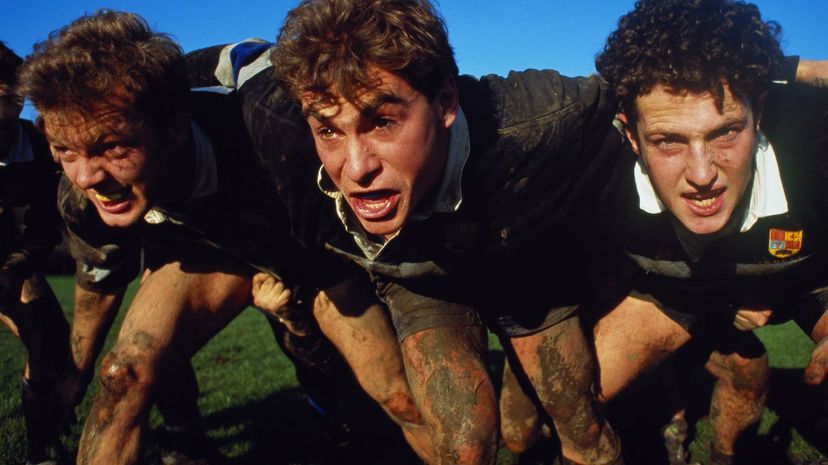
Rugby is also known as "rugger", a slang term for the game. At posh schools, the boys who play rugby are typically known as "rugger b****," a rhyming nickname that is rather homophobic in origin, though usually said with a certain affection.
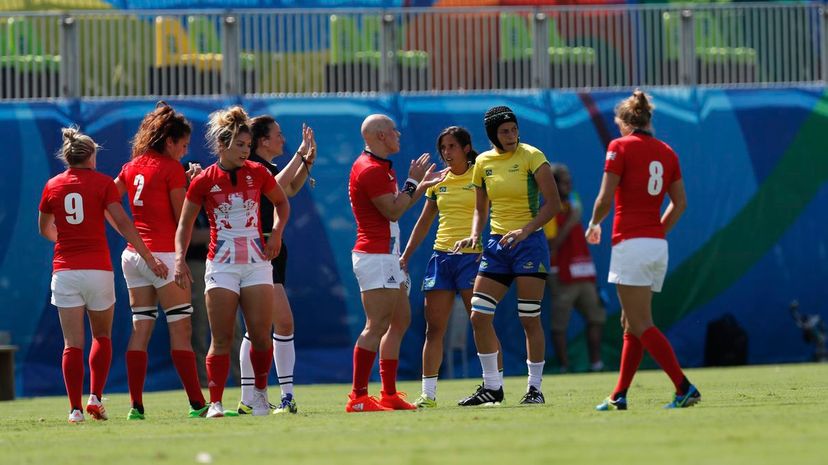
Rugby usually involves 15 men per side, but of course, it is hard work to get 30 people together, and sometimes you do not have enough. This is why the Scots developed Sevens, which has only seven men per side. It is usually shorter and less structured than regular rugby.
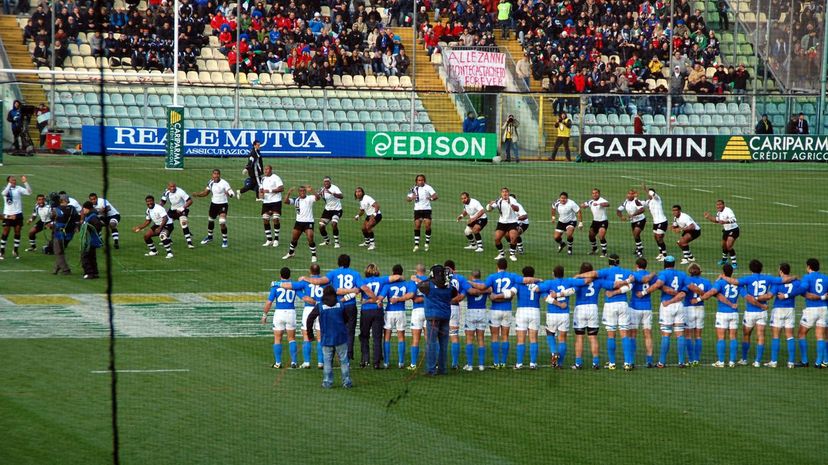
These games are typically called a "test," a term that is also used to describe such games as played in cricket. These games are also known as internationals. They are more prestigious than local competitions, but they often do not showcase the same level of skill. This is because a large club can hire from among the best players in the world, whereas a national one must draw only from the population of its nation, which may be small.
Advertisement

A springbok is a midsize antelope that hails from South Africa, and thus the South African team adopted this as its symbol. They are typically a dominant force in international rugby, and they play in a dark green uniform.
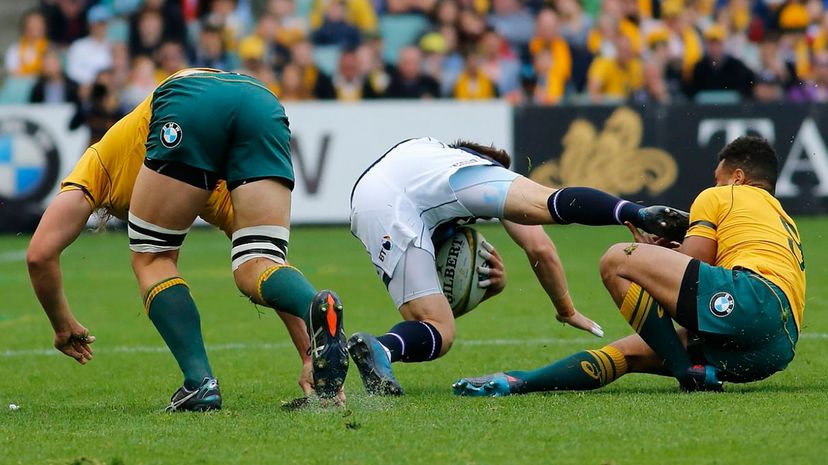
An ankle tap is also called a tap tackle, and it means diving and slapping a rival player's ankle to shove his legs together and thus make him trip over his own feet. It is a bit of a Hail Mary tackle as it does not always work, and is used to stop someone who is going forward entirely too much and too fast.

Not all South African Rugby Union teams are named for indigenous animals in South Africa, but many of them are. This includes Lions, Cheetahs, Falcons, Pumas and more, but it does not include Tigers, as these are an Asian species!
Advertisement
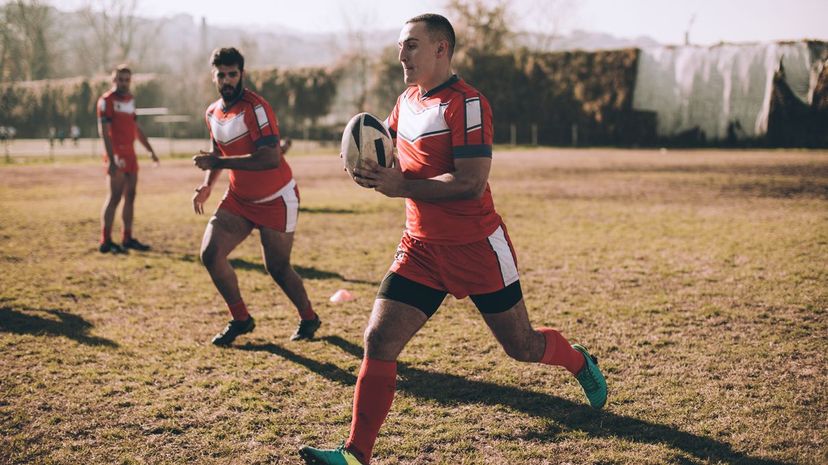
Tricking a player into going the wrong way or holding off on a tackle in hopes of intercepting a pass is a crafty way to gain a bit more ground before they dare to launch themselves at you. This is called a dummy, a kind of feint that is permitted in rugby.
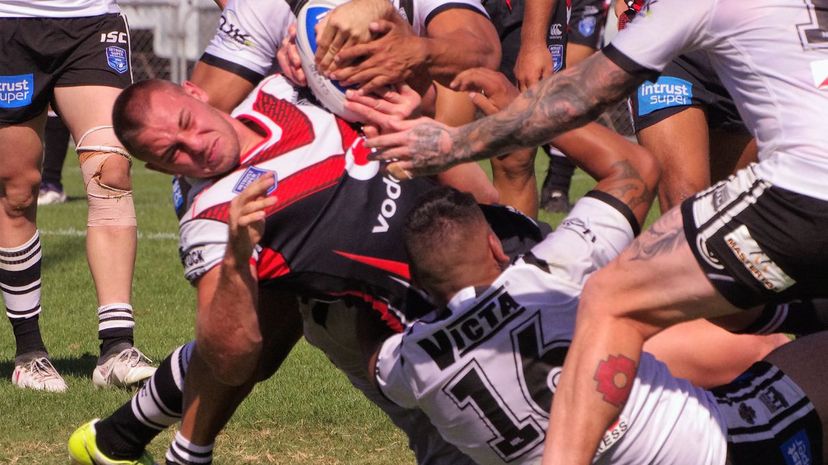
The hooker throws in the ball at a lineout and is a crucial player among the forwards. They are typically big and muscular, and tend to have a short and tree-like neck! They are also in the middle of the scrum and thus have to be willing to get bashed around quite thoroughly.
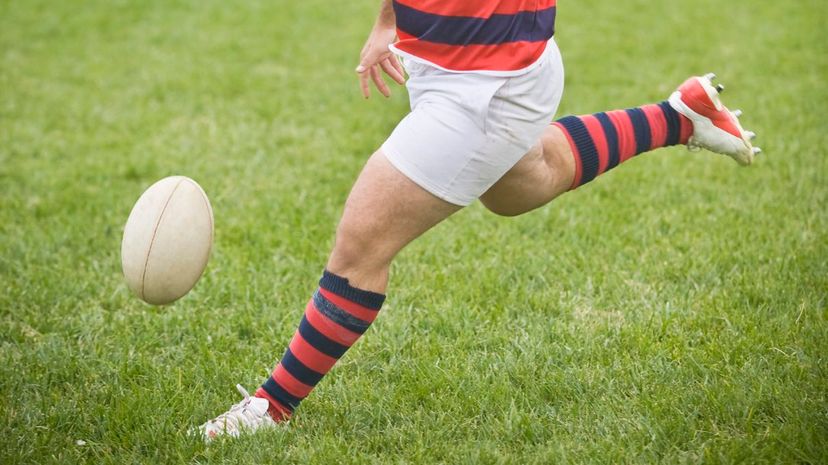
With a typical penalty, you might try to kick the ball a long way to gain plenty of ground. A tap penalty is thus rather like a bunt, in which a player effectively drop-kicks the ball to themselves with a tiny little kick and then charges forward, to catch the other side unawares while they are spread out.
Advertisement
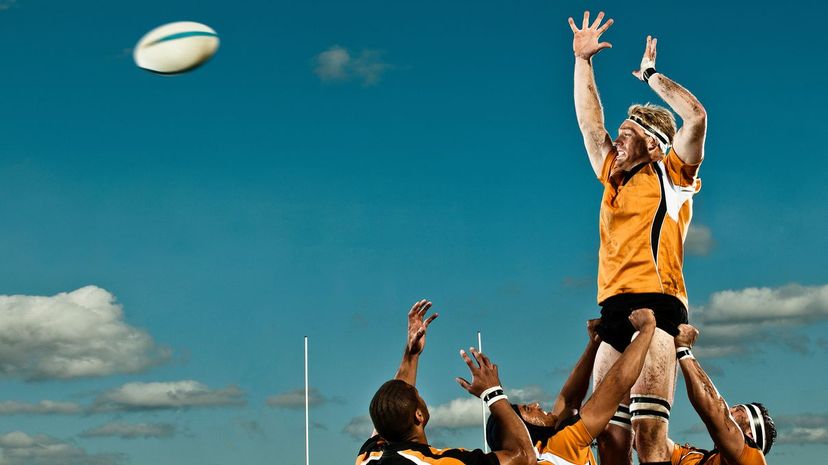
A jumper is not just the thing that you wear to play rugby! It's also the name of the players in the lineout who are tasked with jumping high to catch the ball. Other players may lift them to give them a boost, in the hope of grabbing it before the other team.
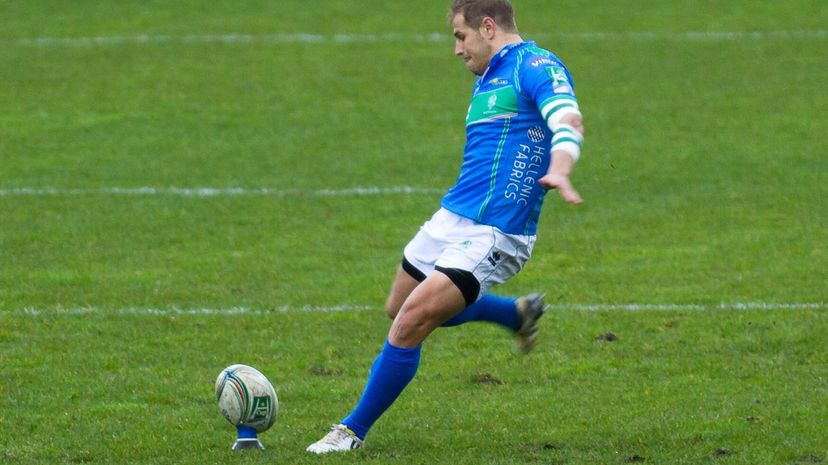
A place kick is a kick that starts a new half, as well as being used for conversions and penalty kicks. It is an unencumbered kick where the player may take their time to really line it up. Some players specialize in just doing a wonderful job at this, and don't have too many other skills.
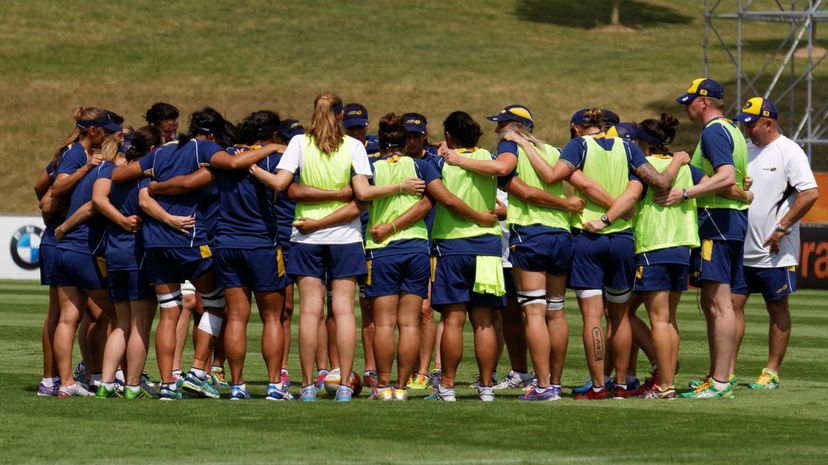
A rugby union is an official body for the sport, but it is not the only use of this word. Union rugby also means rugby played according to a special set of rules. It can involve up to 15 players per side, and a team may bring seven substitutes with them.
Advertisement
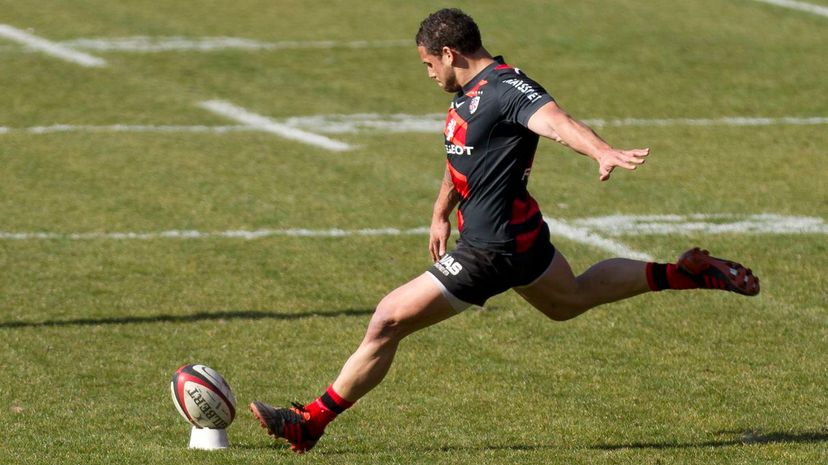
A free-kick is good news as it is a chance to move the ball a long way up the field but without the other team knocking you down. You cannot score from it unless you score a drop goal. You get a free kick if the other side fouls a player in a relatively minor way.
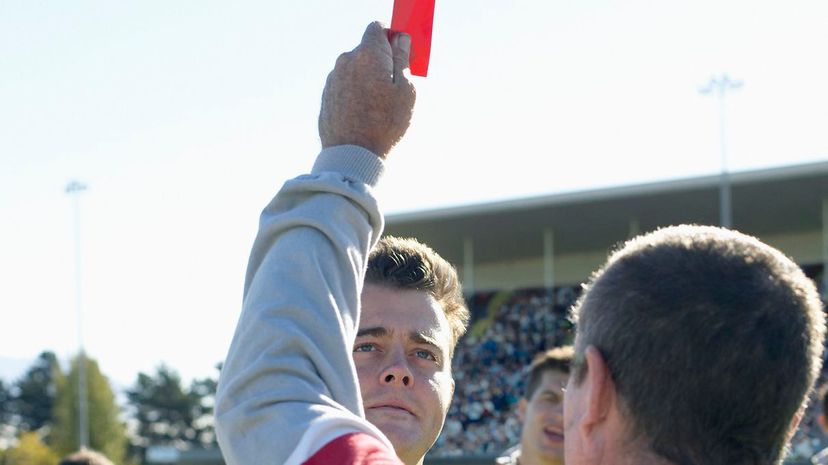
As in many sports, a red card is a sign that you have fouled someone so badly that you are expelled from the game. It is very bad news for your team, who cannot substitute you and must continue on while down one man.
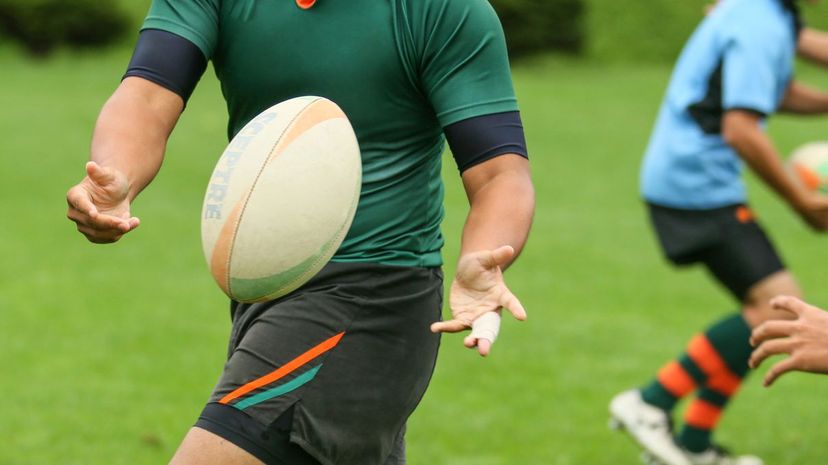
The ball in rugby is shaped like the one in American football, instead of being round like in soccer. It is called a pill to distinguish it from these round balls, and the nickname is thus primarily used when it is not obvious that you are talking about rugby. If that part is clear, you probably won't use the nickname.
Advertisement
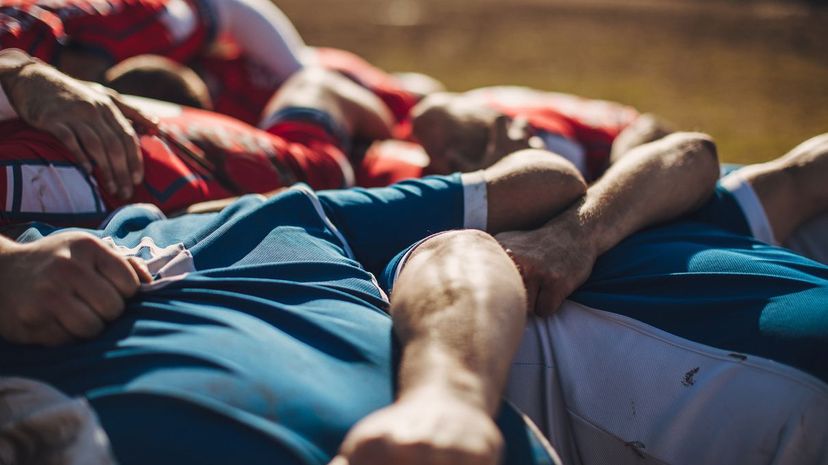
Binding means the way that the players link their arms to form the strongest possible barricade when they face the other team. It is used in a scrum, a maul or a ruck, and getting it right requires strength and teamwork.
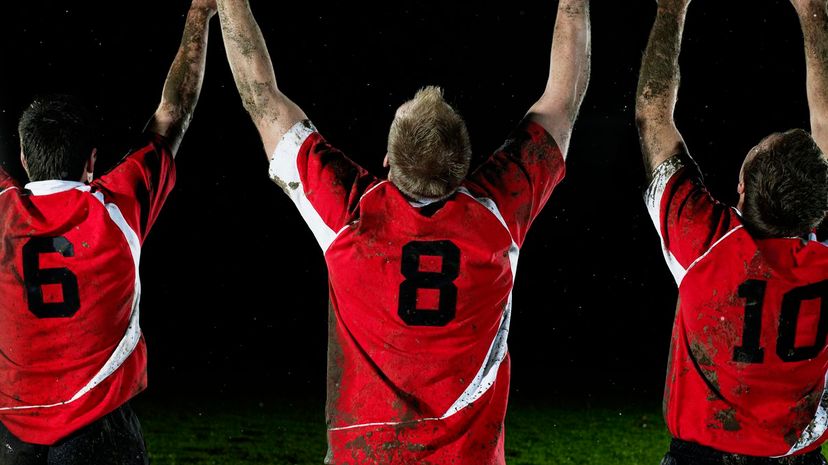
Number Eight is the only player who does not have a special name, though he is sometimes called the eighth man. He is there to tackle and carry the ball, and to help the backs when they break rapidly and run forward. He also helps to ensure that the team gets possession coming out of the scrum.
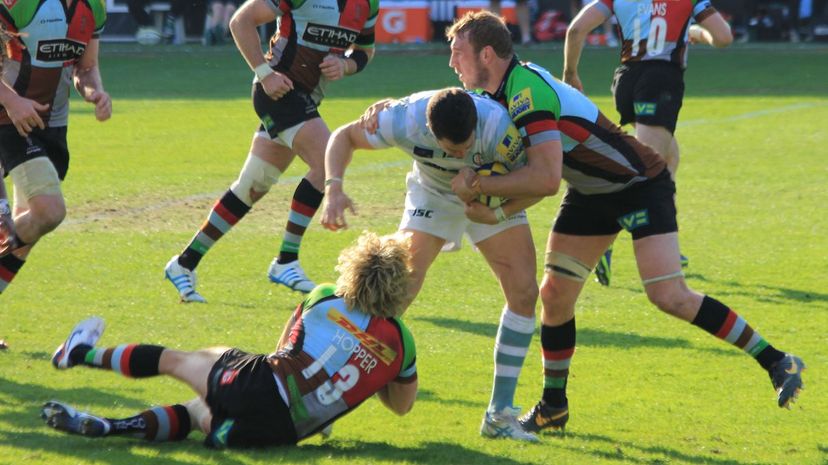
The "loose forwards" are three players who make up the back row of a scrum. They include the "eighth man," No. 8, as well as flankers who are there to try to steal the ball out of the scrum. They need to be very fit and fast, as they will run a great deal in the game.
Advertisement
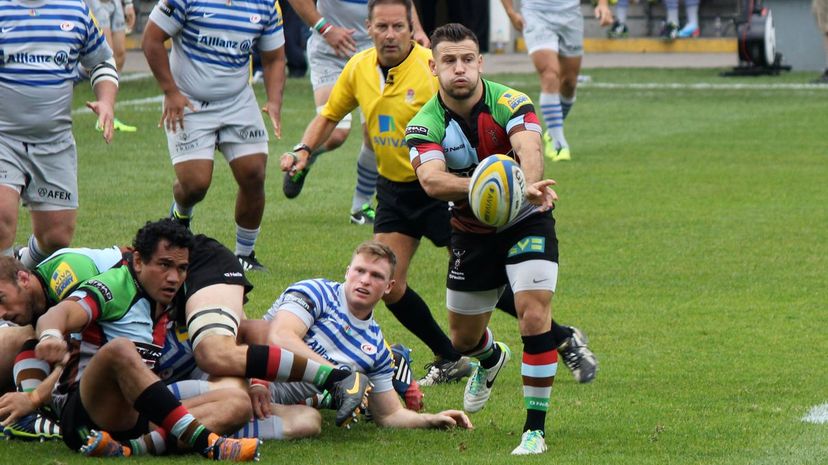
The scrum-half feeds the scrum sometimes, and they make many of the tactical positions as they have an excellent visual on the scrum and the pitch. They should be a fast runner who can feint well, and a good communicator who makes sure the offensive and defensive players are working in unison.
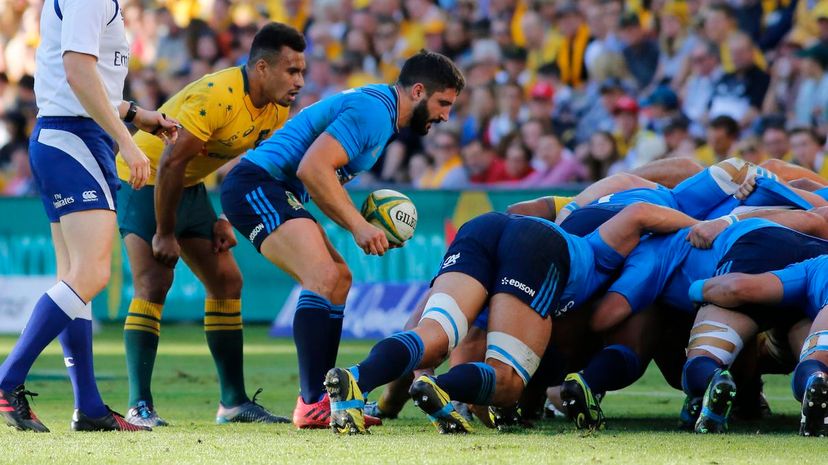
The ball is not randomly tossed into the scrum. The scrum-half "feeds" it in tactically to ensure that the right person on his team gets it. He delivers it neatly to the hooker who will strike it back to the eighth man.
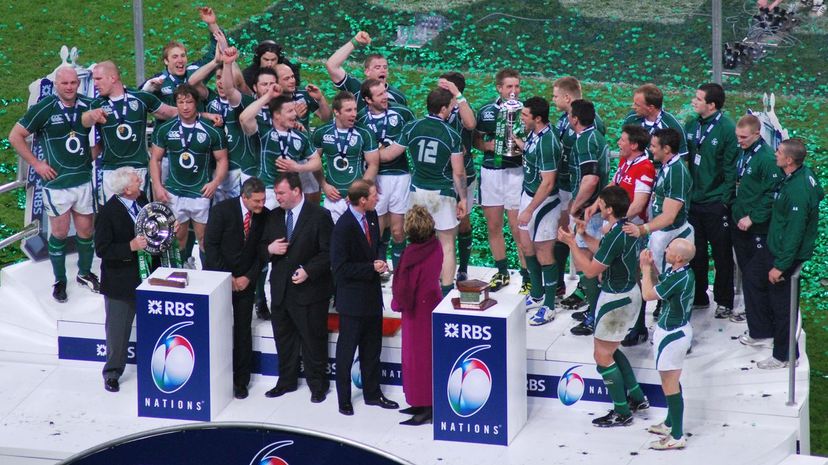
Six Nations is not a knockout tournament and is instead played like a league. This means that you can play every other competitor and thus afford to lose a game or two and still be the overall winning team. Of course, ideally you want a clean sweep, which is called a Grand Slam. England has the most of these, with 13 Grand Slams.
Advertisement
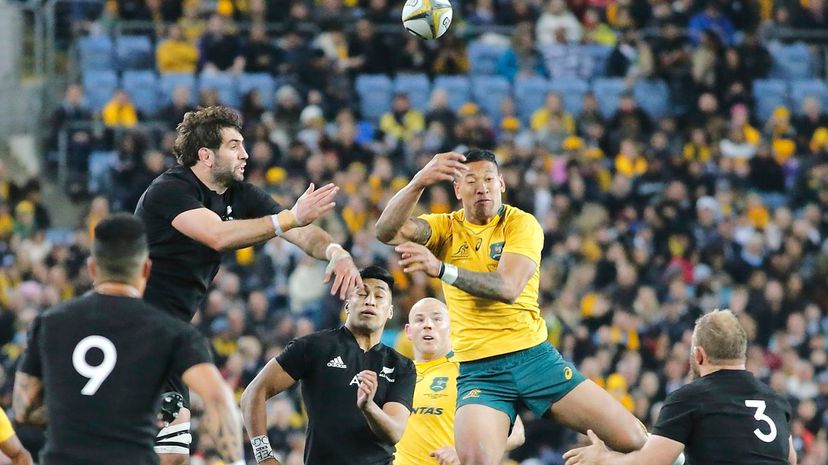
A high ball is exactly what it sounds like. It's a tricky thing to catch a rugby ball as you have to handle it just right. Jumping to catch it is a particular skill. High balls are a crucial reason that players in certain positions tend to be very tall.
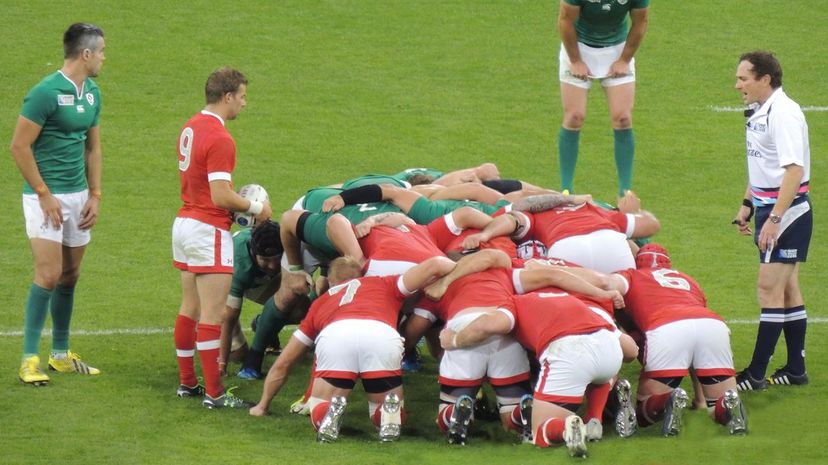
The referee is the one who decides where the scrum will be formed, which is a mark. However, a team can also make a clean catch within their twenty-two-meter line and shout, "Mark!" which allows him to mark the ball for his team. This is advantageous, as it is the closest thing to a free kick you can give yourself.
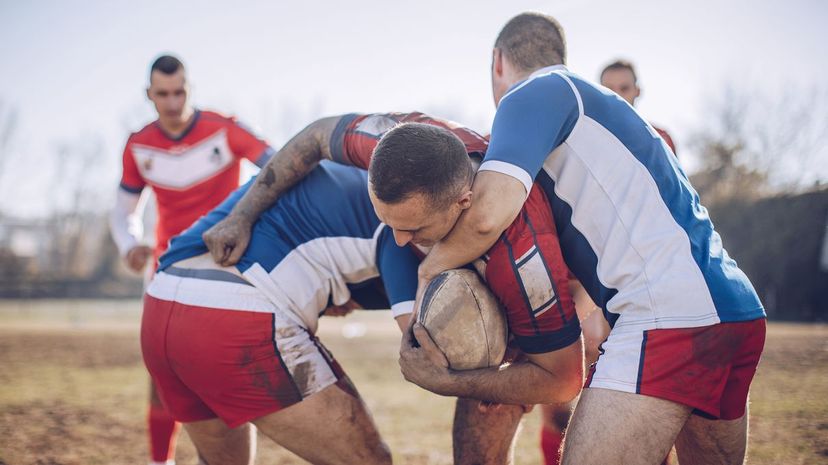
Turning over the ball means that the other team has gotten their hands on it. However, it happens several ways, such as during a scrum, thanks to a penalty, an unforced error or a multitude of other sins.
Advertisement
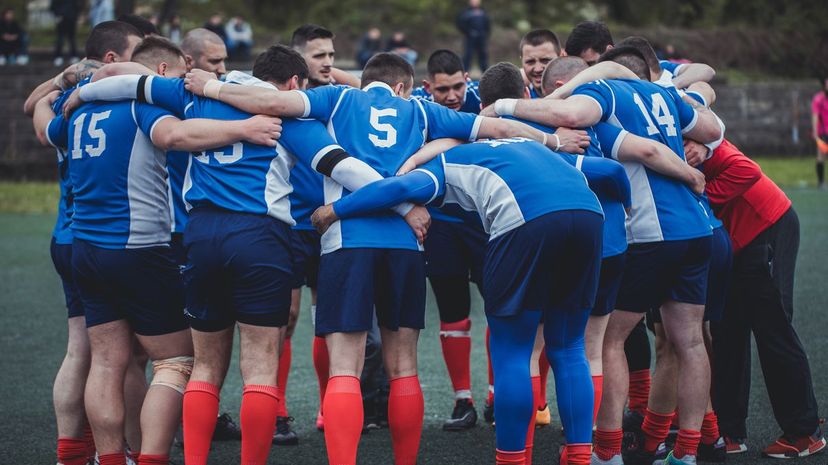
Since there are 15 players on the pitch, the first pick in each position makes up a team's XV. Substitutes (who come to the game) and second-choice players (who form a team's reserve bench in case of injury or fatigue) are not included in the XV. Some teams also include XV in their name.